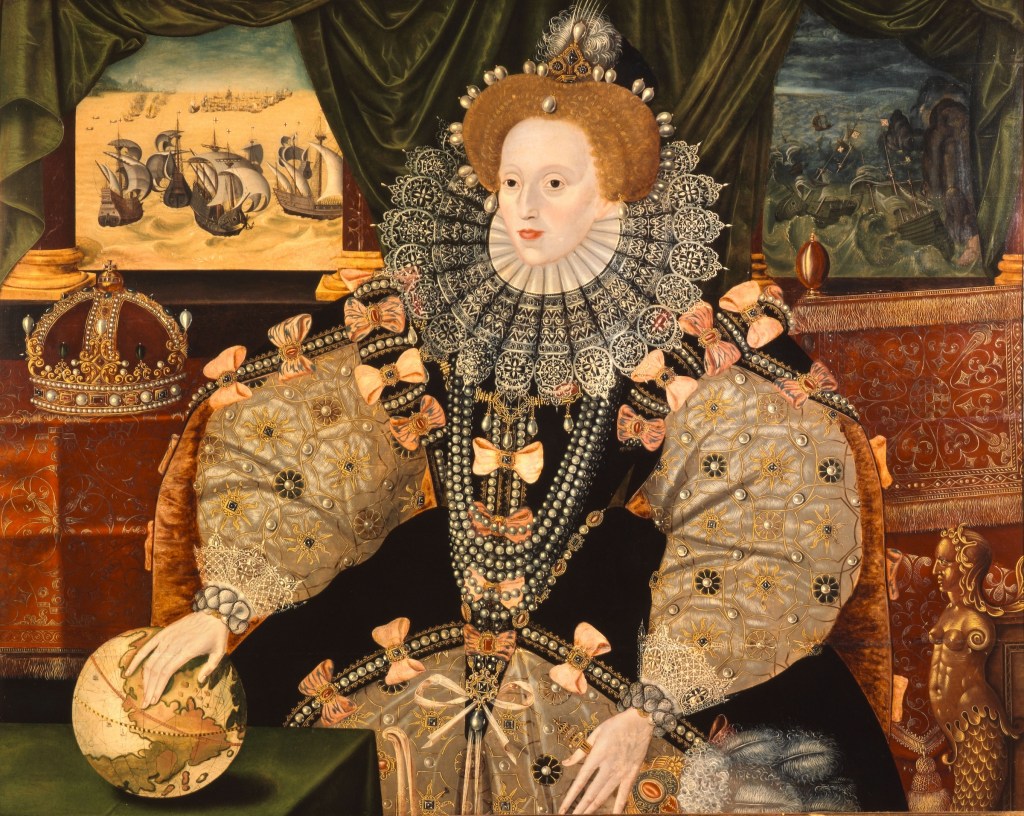Jewelry Deserves a Place in Art History


In Albrecht Dürer’s idealized, early-16th-century portrait of Charlemagne, the Holy Roman Emperor wears a dazzling crown. The diadem, topped by a cross, was itself very real. But it did not exist until around 962 CE, over a century after Charlemagne’s death.
Considered the oldest decorative art, jewelry has such a power to communicate that artists have been willing to bend the truth to exploit its associative capacities — or so argues Beyond Adornment: Jewelry and Identity in Art (2025). Yvonne J. Markowitz, jewelry curator at the Museum of Fine Arts (MFA), Boston, and Susanne Gänsicke, senior conservator of Antiquities at the Getty Museum, explore what the depiction of jewelry in art says about adornment, artists, and their subjects.
Let us return to the imperial crown of the Holy Roman Empire. Its panels — four of which depict Jesus Christ, King David, King Solomon, and the Prophet Isaiah — are beset with pearls, garnets, sapphires, and a glut of other jewels. “By Me Kings Reign” reads the inscription on the panel bearing the image of Christ. Therein lies a clue as to why Dürer portrays Charlemagne in a crown he never would have seen. The inscription, writes Gänsicke, is “evidence of the power of emblems to retain their symbolism over centuries — in this case bestowing legitimate imperial power granted by the power of God to the wearer.”
This practice of eschewing historical accuracy in order to build a compelling narrative is a prevalent theme, and the book’s discussion of Archaeological Revival jewelry — European and American pieces from the 18th and 19th centuries that sought to recreate ancient styles — is particularly fascinating. In Spanish painter Vicente Palmaroli y González’s 1870 portrait of aristocrat Enid, Lady Layard, the sitter wears jewelry made from “numerous ancient cylinder seals and stamp seals” found in excavations at Nineveh, the effect of which Gänsicke describes as a “historical melange.” Her husband was a prominent Assyriologist known for uncovering the Library of Ashurbanipal. Perhaps, Gänsicke suggests, “the set’s purpose was as much to declare her husband’s accomplishments as to adorn the wearer.”

Beyond Adornment delves as deeply as to ask what defines jewelry in the first place, discussing Frida Kahlo’s “Self-Portrait with Thorn Necklace and Hummingbird” (1940), in which the artist depicts herself with a bloodied neck and a cat and monkey resting on her shoulders. Hanging like a pendant is a dead hummingbird symbolizing the end of her marriage to Diego Rivera. In her hair are two glittering butterfly clips described by Markowitz as “symbols of metamorphosis, transcendence and resurrection.” A definition for jewelry is borrowed from art historian Marjan Unger’s Jewellery in Context: A Multidisciplinary Framework for the Study of Jewellery (2019), which describes it as “an object worn on the human body, as a decorative and symbolic addition to its outward appearance.”
The book’s closing chapter, where this definition can be found, is its most compelling. In it, Emily Stoehrer, MFA Boston’s senior curator of Jewelry, focuses on jewelry from “a sociological and material culture point of view” to deftly balance visual analysis with academic and cultural criticism. More than a comprehensive, satisfying conclusion, she provides an utterly convincing case for the greater study of “jewelry theory” and the value of this book as a contribution to that burgeoning field.
Beyond Adornment: Jewelry and Identity in Art (2025) by Yvonne J. Markowitz and Susanne Gänsicke is published by the J. Paul Getty Museum and is available online and through independent booksellers.



